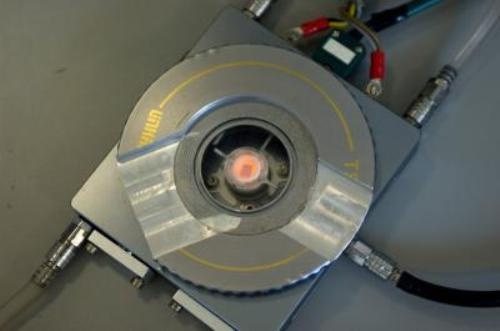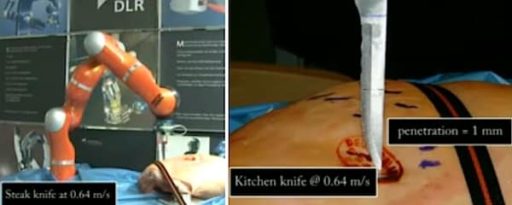It seems like a common and basic circumstance of nature that solids melt into liquids as they get warmer. But a few materials exist, they melt as they cool down and that fact could help us make better solar cells and computer chips.
Retrograde melting is one of the most counterintuitive phenomena that nature has to offer. Why would some materials melt when they get cooler when everything else melts when they get warmer? Well, technically speaking, there aren’t any individual materials that obey this rule. Instead, very carefully designed mixtures can create the perfect set of conditions needed to make a material liquefy at temperatures far below its natural melting point.
Let’s look at how this trick was recently accomplished with silicon. Using a highly specialized device that gave them precise control over the heating and cooling processes, a team of MIT researchers essentially created a chemical “sandwich” with silicon as the bread. In the middle, they placed a mixture of copper, nickel, and iron, and then they started heating up the sandwich until these three metals melted and dissolved into the silicon. Crucially, they remained below silicon’s melting point of 1,414 degrees Celsius.
With this accomplished, they then started cooling the newly created compound down. As the mixture reached 900 degrees Celsius, it became supersaturated, which means there was now more metal in the silicon than could occur under stable conditions at that temperature. At that point, a process of precipitation began, in which the metals were forced to melt into a liquid and dissolve out of the silicon. Some of the silicon also melted during this process – at a point 500 degrees lower than would otherwise be physically possible.
The side effects of this process could have tremendous benefits for the production of computer chips and solar cells, both of which use silicon as a primary raw material. The precipitation process attracts impurities in the silicon towards the liquid portion, leaving the more pure silicon behind as a solid.
Solar cells in particular would benefit immensely from this, as even small impurities can greatly impede their performance. A retrograde melting treatment would allow manufacturers to use less pure silicon in the production of solar cells, which would make such cells far less expensive than they are now. In the computer realm, this discovery could aid the creation of better silicon nanowires, which are small, extremely conductive tubes, which again need to be as purely silicon as possible to work.
Source: Advanced Materials.





many of our answers are right in front of your face are you looking seeing or just going through the process?????????????????????????????????????